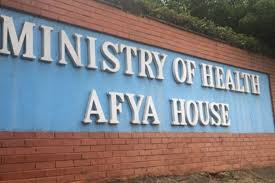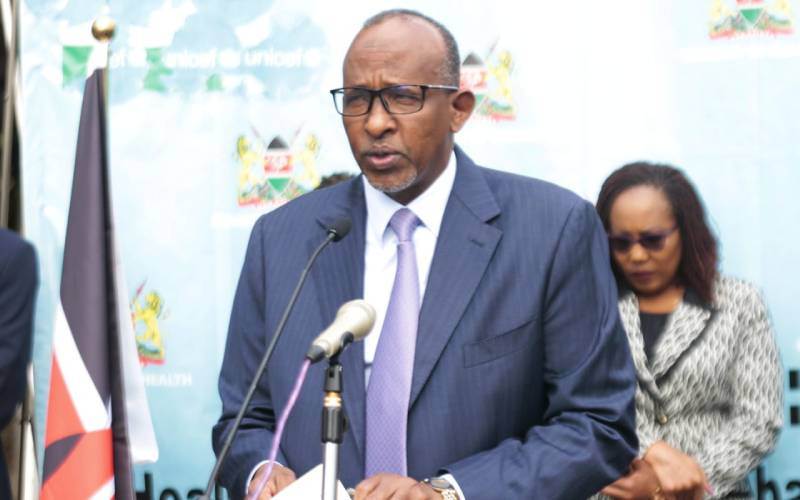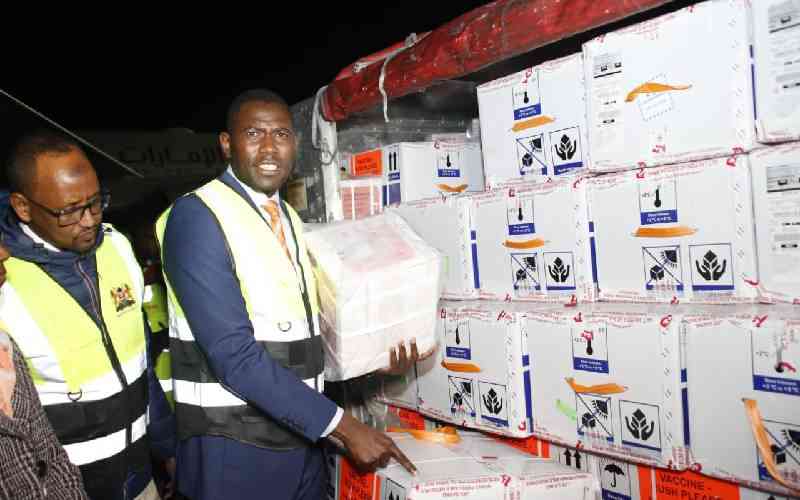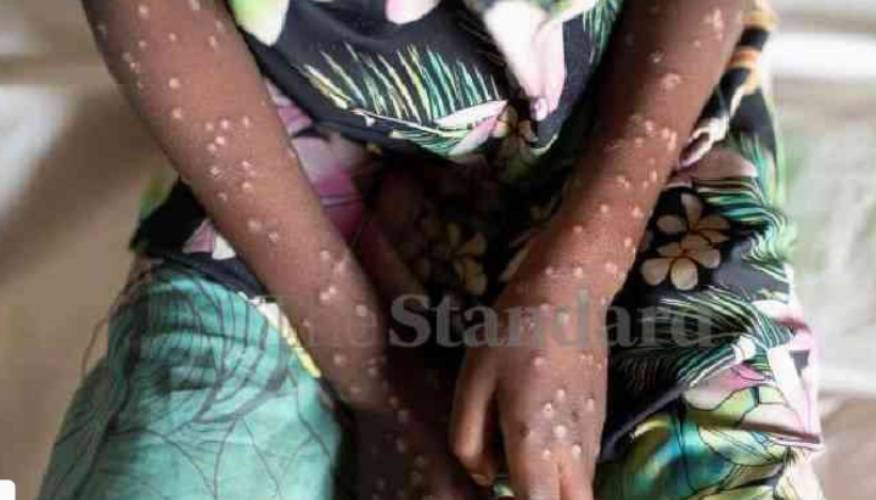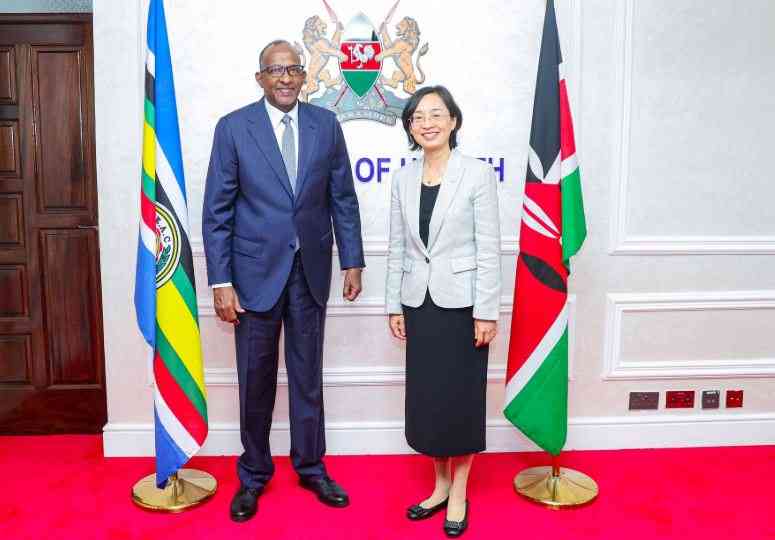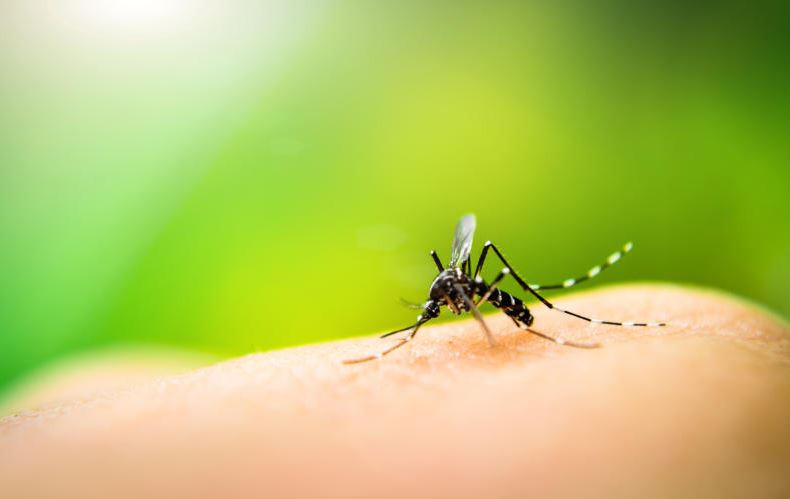
A recent media report indicated that a middle-aged woman (name withheld) from Kilifi County was diagnosed with dengue fever, a rare viral disease with symptoms similar to those of malaria and typhoid fever.
She tested positive for dengue fever at Malindi Level Five Hospital. Doctors were shocked, given that the fever is considered a rare and neglected disease.
Dengue fever is categorised by the World Health Organisation (WHO) as one of the neglected diseases, but once it occurs, it can be highly fatal. The disease is highly lethal and requires timely and prompt treatment with strong antibiotics.
The reported case means the fever has resurfaced after a long absence, and it will likely spread to other regions.
The last reported cases of dengue fever in the country were in 2011 in Rift Valley and at the Coast.
Medical experts say that many diseases attack Kenyans, causing serious ailments, suffering, and death if swift action is not taken. Dengue fever is one such lethal disease that must be closely monitored. According to experts, it is a neglected disease but poses a serious threat to human lives.
“Dengue fever is a viral disease spread by mosquitoes, namely Aedes aegypti and Aedes albopictus, among others. These mosquito species are common around the lake regions, northeastern areas, and along the coastline,” says Charles Chunge, an expert on travel diseases and chairman of the Centre for Tropical and Travel Diseases.
- Cervical cancer ravages women despite availability of HPV vaccine
- New technique to study Coronaviruses raises safety risks
- Urban mosquito sparks malaria surge in East Africa
- Hope as more mothers deliver virus-free babies
Keep Reading
Prof Chunge, a senior medical consultant, says there are four types of dengue fever viruses. Type two is more common in our environment, he adds.
WHO estimates that 40 per cent of the world’s population lives in areas prone to this infection, with up to 100 million people infected annually. Of those, about 500,000 are asymptomatic or show no significant symptoms of the disease. Dengue fever is responsible for around 22,000 deaths globally each year.
Kenya continues to experience occasional outbreaks, with the disease being diagnosed in the north and, a few years ago, in Mombasa.
Symptoms of dengue fever include fever of up to 40 degrees Celsius, headache, nausea, vomiting, rash, and pain in the eyes, joints, and muscles.
In severe cases, symptoms may include intense stomach pain, repeated vomiting, and bleeding from the nose or gums, or the patient’s blood pressure may drop so low that blood cannot circulate properly.
It takes up to one week to notice changes in one’s body, but symptoms may take up to two weeks to develop after being bitten by an infected mosquito. Though a person gains lifetime immunity after infection and recovery, a second infection with a different serotype increases the risk of more serious complications.
Until around 2016, no vaccines existed to offer protection and immunity against dengue.
The disease now has two recommended vaccines — Dengvaxia and Qdenga. However, intriguingly, these vaccines are not available in Kenya, meaning management and control of the disease must rely on other interventions rather than immunisation. Kenya has not seen the need to import the two vaccines for unknown reasons.
“Given that Kenya does not have dengue fever vaccines, early diagnosis has been recommended,” says Dr Samson Limbaso, a research scientist at the Kenya Medical Research Institute.
Surveillance and the use of test kits have shown a large population previously treated for malaria. To prevent the transmission of this disease, one must avoid mosquito bites, including during the daytime, by wearing clothes that cover the body and using mosquito repellents as well as insect-treated nets.
Since no vaccine is available locally, medics advise people to undergo regular screening. If one is infected and fails to seek urgent and prompt treatment, they are likely to die from the disease within a short period.
Dr Limbaso, an expert on viral diseases, says dengue is currently endemic in certain regions of Kenya since its re-emergence in 2011.
Prior to this, the disease had been detected in Malindi in 1982. Since 2011, multiple outbreaks involving dengue serotypes one to three have been reported, mainly in coastal and northeastern regions of Kenya.
“However, data may not truly reflect the full picture due to various factors, including misdiagnosis, meaning there are possible gaps in the severity of exposure,” he adds.
Most cases in Kenya are asymptomatic, mild, or self-managed. Kenya has not recorded any cases of dengue shock syndrome or dengue haemorrhagic fever which are associated with severe clincalmanifestations, including circulatory collapse, shock, or haemorrhagic manifestations.
Infections are driven by the presence of Aedes mosquito vectors, climatic and environmental factors that favour the multiplication of mosquito vectors, social factors such as water storage habits that create indoor mosquito breeding environments, and geographical locations that enable cross-border dengue transmissions.
Limbaso says infections are regularly recorded in dengue-endemic zones. The mosquitoes causing the disease are day feeders, primarily feeding on human blood, especially at dawn and dusk. They breed in homesteads or close to homesteads in water storage containers, discarded tyres, and other areas.
“Risk factors include older age (as seniors tend to stay at home and are more exposed to day-biting mosquitoes), inadequate mosquito control, living in urban areas, recent travel to endemic or outbreak regions, certain occupations, lack of proper knowledge, poor environmental management, and limited access to medical interventions,” the researcher explains, stating categorically that there is no specific treatment for dengue fever.
Treatment is mainly supportive, focusing on fever and pain management. Non-steroidal anti-inflammatory drugs are contraindicated, as they can increase the risk of bleeding.
For patients with shock and haemorrhagic manifestations, hospitalisation is required for fluid replacement, pain management, oxygen support, and blood transfusions, among other interventions.
“However, in areas with high dengue transmission, the World Health Organisation has recommended the use of Q-denga® (TAK-003) for high-risk groups,” Dr Limbaso says.
The ideal approach to preventing infections is to minimise interactions between human populations and mosquito vectors.
Currently, Kenya employs integrated vector management strategies to combat infections. These measures involve entomological surveillance conducted by both governmental and non-governmental organisations.
They also include the application of pesticides, indoor spraying and use of insecticide-treated nets.
 The Standard Group Plc is a multi-media organization with investments in media platforms spanning newspaper print
operations, television, radio broadcasting, digital and online services. The Standard Group is recognized as a
leading multi-media house in Kenya with a key influence in matters of national and international interest.
The Standard Group Plc is a multi-media organization with investments in media platforms spanning newspaper print
operations, television, radio broadcasting, digital and online services. The Standard Group is recognized as a
leading multi-media house in Kenya with a key influence in matters of national and international interest.

